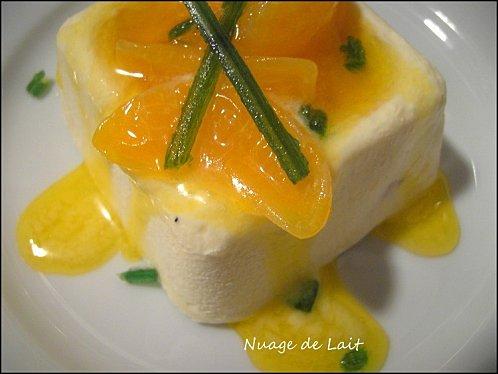

It has been around since the 14th century. The French called it fruit glacé or fruit confit, and is also known as candied fruit or crystallized fruit. While the word Succade was widely used in German, today it is usually called Zitronat. Location of mesocarp or albedo in a sweet orange After Sukkot, some Jews candy the etrog or make marmalade from it.

The citron, known in Hebrew as an etrog, is one of the symbolic Four Species used on that holiday. The word succade is most probably derived from the Latin succidus, but according to others the name may have originated from the Hebrew word sukkah, the temporary booth that Jews build on the holiday of Sukkot. įruits which are commonly candied also include dates, cherries, pineapple, ginger, and the rind of watermelon. However, the term is also occasionally applied to the peel, root, or even entire fruit or vegetable like parsley, fennel and cucurbita which have a bitter taste and are boiled with sugar to get a special "sweet and sour" outcome. Succade is the candied peel of any of the citrus species, especially from the citron or Citrus medica which is distinct with its extra-thick peel in addition, the taste of the inner rind of the citron is less bitter than those of the other citrus.


 0 kommentar(er)
0 kommentar(er)
